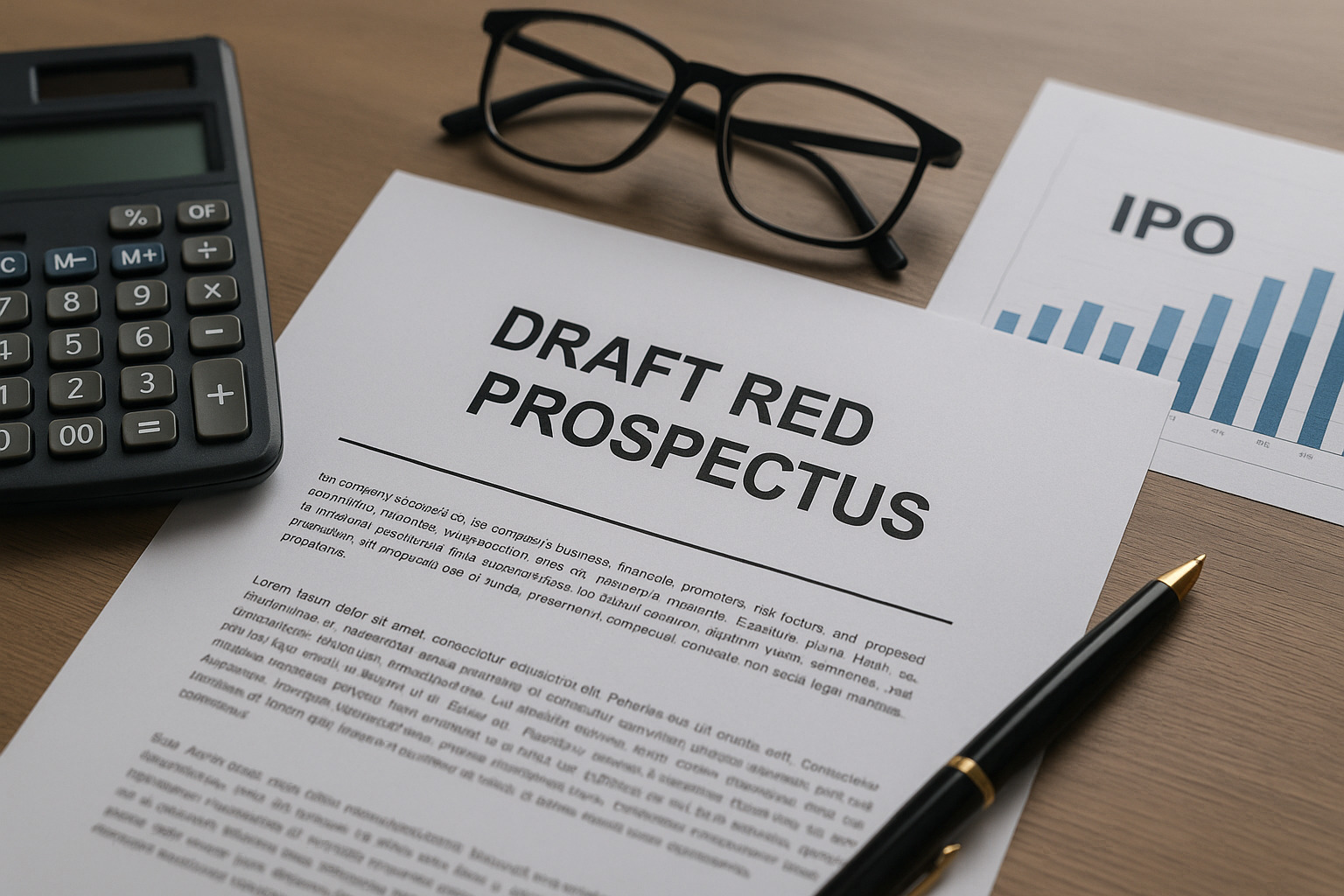Is Intraday Trading Profitable? Unveiling the Truth Behind Daily Trading Success in 2024

Technical Analysis
Is Intraday Trading Profitable? A Realistic Perspective
Intraday trading, often seen as an adrenaline-fueled activity in financial markets, can indeed offer high returns. However, it requires discipline, a solid strategy, and a realistic understanding of the risks involved. This article delves into a hypothetical scenario to demonstrate the potential of compounding daily returns while exploring a realistic approach to trading and why it may not be suitable for everyone.
The Power of Compounding: A Hypothetical Scenario
Let’s explore the potential of starting with a trading capital of ₹10,000 and aiming for a daily return of 0.5%. While the returns may seem modest initially, compounding works wonders over time.
Hypothetical Growth of ₹10,000 at 0.5% Daily Return

Basic calculations
- Day 0: ₹10,000 (Initial Capital)
- After 50 Days: ₹12,834.59
- After 100 Days: ₹16,472.43
- After 150 Days: ₹21,150.68
- After 200 Days: ₹27,168.12
- After 250 Days: ₹34,794.89
This calculation shows a capital increase of approximately 247.95% over 250 trading days.
Why Intraday Trading Is Not for Everyone
While the numbers above seem enticing, it’s crucial to remember that these calculations are purely for educational purposes. Intraday trading involves significant risks, and achieving consistent returns—even as low as 0.5% per day—is far from easy.
Key Challenges of Intraday Trading
- Emotional Pressure: The fast-paced nature of intraday trading can lead to impulsive decisions, especially during market volatility.
- Strict Discipline Required: Staying consistent with strategies and money management is challenging for most traders.
- Market Uncertainty: Even the most seasoned traders cannot predict the market with certainty. Losses are inevitable, and they can erode gains quickly.
- High Transaction Costs: Frequent buying and selling can lead to significant brokerage fees and taxes, eating into profits.
A Realistic Approach to Intraday Trading
For those who wish to try intraday trading, it’s important to approach it with a practical mindset. Here’s a step-by-step guide to building a sustainable and realistic trading approach:
1. Start Small and Test the Waters
- Use a small portion of your capital initially to minimize risk.
- Treat it as a learning phase, focusing on developing and refining your strategy.
2. Develop a Solid Trading Plan
- Set clear goals for profit and risk for each trade.
- Follow a strategy with defined entry, exit, and stop-loss levels.
3. Prioritize Risk Management
- Never risk more than 1–2% of your capital on a single trade.
- Use stop-loss orders to cap potential losses.
4. Choose Liquid Stocks
- Focus on stocks with high trading volumes to ensure better execution of trades and minimal price slippage.
5. Avoid Overtrading
- Limit the number of trades per day to avoid emotional burnout.
- Quality over quantity—focus on high-probability setups.
6. Review and Learn
- Maintain a trading journal to track performance and analyze mistakes.
- Continuously adapt and improve your strategy based on market conditions.
7. Stay Updated
- Keep an eye on news and events that might impact the market.
- Avoid trading during highly volatile periods unless you’re experienced.
8. Be Realistic
- Aim for modest, consistent returns rather than expecting to double your capital overnight.
- Understand that even professional traders face losses and periods of drawdowns.
Important Disclaimer
Intraday trading is a high-risk activity and may not be suitable for everyone. The calculation provided above illustrates the potential of compounding returns but does not account for losses, fees, or market conditions. This blog post aims to educate rather than encourage anyone to pursue intraday trading.
Conclusion
Intraday trading offers potential but comes with immense challenges. It is not a guaranteed path to wealth and demands time, effort, and emotional resilience. If you decide to trade, focus on learning, maintaining discipline, and managing risk.
For most individuals, a long-term investment approach in diversified assets like mutual funds or ETFs might offer a safer and more predictable route to wealth creation.
Remember: Financial success is about sustainable growth and consistent decision-making, not just chasing quick returns. Make informed choices, stay disciplined, and never risk more than you can afford to lose.
Table of Contents
- The Power of Compounding: A Hypothetical Scenario
- Hypothetical Growth of ₹10,000 at 0.5% Daily Return
- Why Intraday Trading Is Not for Everyone
- Key Challenges of Intraday Trading
- A Realistic Approach to Intraday Trading
- 1. Start Small and Test the Waters
- 2. Develop a Solid Trading Plan
- 3. Prioritize Risk Management
- 4. Choose Liquid Stocks
- 5. Avoid Overtrading
- 6. Review and Learn
- 7. Stay Updated
- 8. Be Realistic
- Important Disclaimer
- Conclusion


